Here's another way to approach this.
The smallest numbers allowed are:
a = Array.new(5) { |i| i * 3 + 1 }
#=> [1, 4, 7, 10, 13]
We can increment these numbers (or this group of numbers) 100 - 13 = 87 times until we hit the end:
87.times { a[0..-1] = a[0..-1].map(&:next) }
a #=> [88, 91, 94, 97, 100]
These are the largest numbers allowed.
Instead of incrementing all elements, we can pick a random element each time and increment that one (and it's right neighbors):
def spread(size, count, step)
arr = Array.new(count) { |i| i * step + 1 }
(size - arr.last).times do
i = rand(0..arr.size)
arr[i..-1] = arr[i..-1].map(&:next)
end
arr
end
5.times do
p spread(100, 5, 3)
end
Output:
[21, 42, 56, 73, 86]
[6, 21, 45, 61, 81]
[20, 33, 48, 63, 81]
[12, 38, 55, 75, 90]
[11, 29, 50, 71, 86]
[26, 44, 64, 79, 95]
Unfortunately we have to loop several times to generate the final values. This is not only slow, but also results in a non-uniform distribution:

It would be better to determine 6 random offsets that sum to 87 and move the elements accordingly. Why 6? Because the offsets are the distances between our 5 numbers, i.e.:
n1 n2 n3 n4 n5
|<-o1->|<--o2-->|<-------o3------->|<-o4->|<----o5---->|<----o6---->|
0 max
This helper method returns such offsets: (stolen from here)
def offsets(size, count)
offsets = Array.new(count) { rand(0..size) }.sort
[0, *offsets, size].each_cons(2).map { |a, b| b - a }
end
o = offsets(87, 5) #=> [3, 0, 15, 4, 64, 1]
o.inject(:+) #=> 87
We can add the offsets to our initial number array:
def spread(size, count, step)
arr = Array.new(count) { |i| i * step }
offsets(size - arr.last, count).each_with_index do |offset, index|
arr[index..-1] = arr[index..-1].map { |i| i + offset }
end
arr
end
5.times do
p spread(99, 5, 3)
end
Output:
[1, 14, 48, 60, 94]
[12, 46, 54, 67, 72]
[8, 14, 35, 40, 45]
[27, 30, 51, 81, 94]
[63, 79, 86, 90, 96]
As expected, this results in a random distribution:

That looks better. Note that these results are zero based.
We can even remove the initial array and calculate the final values from the offsets. Starting with the first offset, we just have to add each following offset plus 3:
def spread(size, count, step)
offs = offsets(size - (count - 1) * step, count)
(1...offs.size).each { |i| offs[i] += offs[i-1] + step }
offs[0, count]
end

